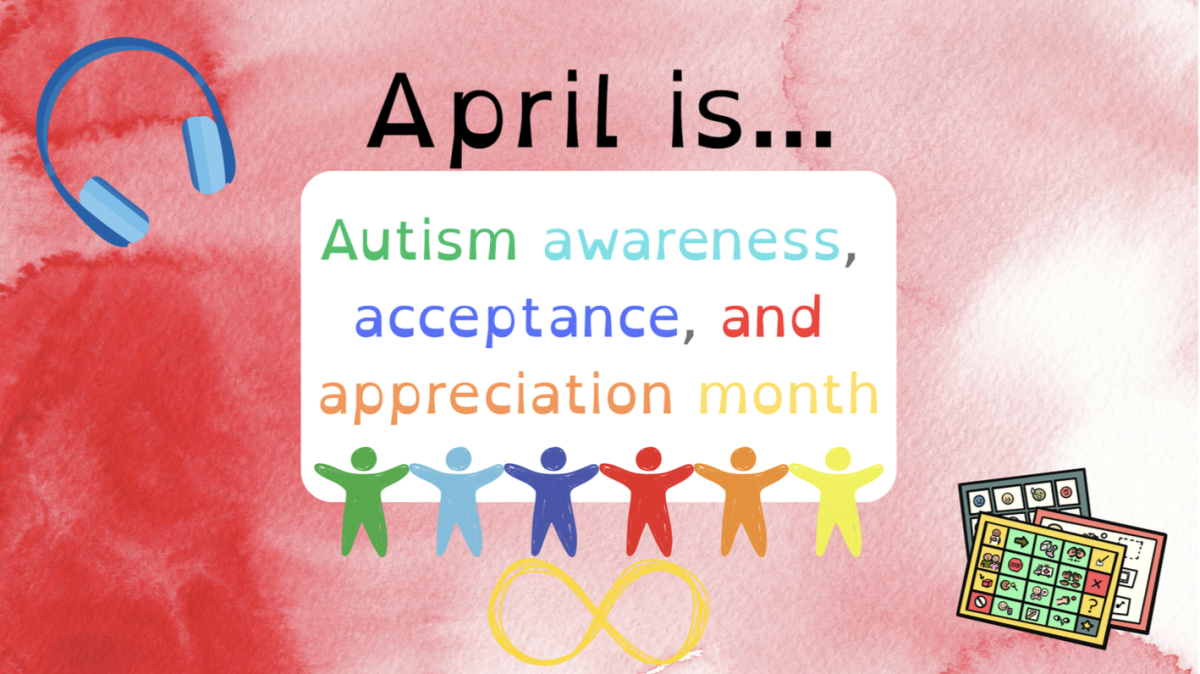TikTok. Instagram. YouTube. Facebook. The entire world at your fingertips. The internet was invented in 1983, but things only went downhill in 2007, when Facebook introduced the EdgeRank algorithm to its news feed. Nowadays, every social media platform has some sort of algorithm. They’re a steadfast concept, don’t get me wrong. Algorithms were invented as a way to show media consumers what they want to see. However, it has speedily gone downhill, with the introduction of big influencers and their greed.
Once people started making internet content for monetary gain, things turned a lot sketchier on the internet. When an influencer’s only goal is monetary gain, it often comes at the expense of the consumers. They will use rage bait, clickbait, and any means necessary to garner as much attention and user interaction as possible, both positive and negative.
Algorithms work not by showing you what you want to see, but what the computer thinks you want to see based on what you watch and interact with. Every time you like, comment, share, or even just view the content, the influencer has a chance of making money, and you’re more likely to see content of a similar caliber.
Clickbait is used to draw viewers with thumbnails and images that add a shock value and make you more interested. Hopefully for the influencers, interested enough to view the content. Media users who fall victim to this trick can experience disappointment as well as annoyance, and the influencer can rack up more views, hence more cash.
Rage bait is used to target the viewers’ emotions. Influencers will record themselves causing trouble, getting into arguments, or showing or explaining something bad someone else did to them (mostly faked). No matter who the viewer believes is in the right, it ends up benefiting the influencer. It sparks arguments in the comments, which increases the likelihood of people seeing the content as well as that same user who made the comment to see more of the influencer’s videos, sparking more rage, and the cycle continues. Enraged viewers might also share the video with their friends, stoking the digital flames even more.
Rather similar to rage bait is something I like to call “weaponized stupidity.” Have you ever seen a video on the internet of someone lip syncing to a TikTok audio while adding no points or originality to the video other than just putting their face in the camera? Or maybe just someone playing a game filter? Well, if you look at the likes, you’ll find that there is usually an absurd amount. Then, you scroll down a few videos, and find a speedpaint from an incredibly skilled artist, or a brilliant piece from a musician, or a highly impressive stunt from an athlete, or even just a well-crafted meme. Those kinds of videos don’t get as many likes, do they? The sad truth is that mediocrity sells on the internet. The more stupid or “brain-rotting” the content, the more likely it is to garner a lot of likes and shares. Internet algorithms feed into this by showing people more and more mediocre content, until that’s the only thing on their feed.
But it’s not all doom and gloom. If you’re very careful about the media you consume, you’ll find that there are so many hidden treasures to be found on the internet! There are so many creative, talented, genuinely funny people out there. All you have to do is look for them. Next time you’re on social media, take a moment to pause and think about what kind of content you want to see, and if what you’re viewing is really worth it.




























